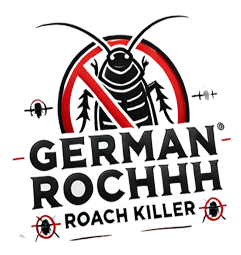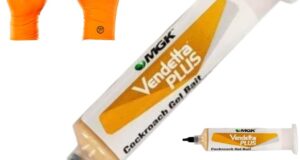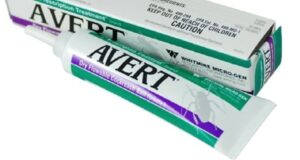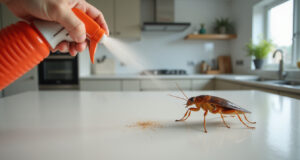Dealing with German roach larvae is hard for both homeowners and businesses. Homeowners face roach pests. Businesses face roach pests. Small pests hide well. They are not seen like adult roaches. Knowing how to find them and stop them helps break the pest cycle. This article gives clear steps on spotting German roach larvae and stopping their spread.
Understanding German Roach Larvae
What Are German Roach Larvae?
German roaches do not go through a larval stage. They change by a process called incomplete metamorphosis. Eggs hatch into nymphs. These nymphs look like small adults. They do not have wings or full organs for reproduction. People call them larvae because they seem small and young.
Nymphs come out of egg cases. They turn through many molts until they are adults. In this stage, they move a lot as they search for food and a safe place to rest.
Identifying German Roach Nymphs
Spotting German roach "larvae" (or nymphs) helps you act fast. Look for these signs:
• Size: New nymphs are 2 to 4 mm long. They grow to about 10 mm after several molts.
• Color: They start as light tan to clear. With each molt, they become a brown shade.
• Body: Their body is flat and oval. They do not yet have wings.
• Behavior: They live near food. They are seen in warm, wet spots like kitchens and baths.
Signs of German Roach Larvae Infestation
Small nymphs hide well. You may see signs of their work:
• Tiny dark droppings that look like pepper near food zones.
• Shed skins or shells close to baseboards and corners.
• A musty smell when many are around.
• Nymphs seen in cracks and hidden spots at night.
Effective Pest Control Strategies for German Roach Larvae
Stop German roach nymphs with a mix of smart methods and care. Here is how you can act:
1. Inspection and Monitoring
Check common spots like under sinks, behind appliances, inside cabinets, and in wall cracks. Place sticky traps or glue boards. This step shows where the nymphs live.
2. Sanitation and Habitat Change
Good cleaning works to stop German roach nymphs:
• Clean countertops, floors, and storage areas often.
• Keep food in tight containers.
• Fix leaky water and dry out wet spots.
• Clear clutter that nymphs can hide in.
3. Targeted Chemical Treatments
Pick insect sprays made for German roaches:
• Gel baits: Nymphs eat the gel and share it with others, which cuts the group fast.
• Insect growth regulators (IGRs): These stop nymphs from becoming adults.
• Residual sprays: Spray in cracks and hiding spots. Always follow label rules.
4. Non-Chemical Methods
If you want a chemical-free plan, try these tools:
• Diatomaceous earth: The powder harms the roach body and makes them dry out.
• Boric acid: Dust hidden spots with this. Nymphs eat it and die.
• Traps: Use glue traps to cut the nymph group while you watch progress.
5. Professional Pest Control Help
If the group is very big or hard to stop, call a pest expert. Experts use strong tools and a plan that fits your case.
Tips for Preventing German Roach Larvae Infestations
Keep nymphs away by doing these things:
• Keep food and its area very clean.
• Throw away garbage often and use tight lids.
• Block cracks around doors, windows, and walls.
• Check used furniture or tools before you take them in.
• Guard entry spots with barrier sprays when you can.
[h2>Summary: Key Points About German Roach Larvae
• German roach larvae are really nymphs—small, wingless versions of the adult.
• Finding droppings, old skins, or seeing nymphs early can stop a large problem.
• Mix cleaning, checking, sprays, and non-chemical tools for best results.
• Pest experts can help when home methods do not work.

FAQ: German Roach Larvae Identification and Control
Q1: How do I tell German roach larvae apart from other insect larvae?
A: German roach nymphs have a flat, oval shape. They look like small adults but have no wings. They have jointed legs and antennae. This makes them stand out from beetle or fly larvae.
Q2: Are German roach larvae a danger to people?
A: Nymphs do not bite or sting. They may bring germs and tiny bits that can get in food and harm some people.
Q3: What bait works best for German roach larvae at home?
A: Gel baits with fipronil or hydramethylnon work well. Nymphs eat the bait and spread it to where they live.
Authoritative Source Reference
For more details about German cockroach behavior and ways to stop them, see the University of Florida’s Extension site here (source).
By knowing how German roach nymphs live and act, you can stop them from taking your space. Clear steps and regular care can keep these pests away.




